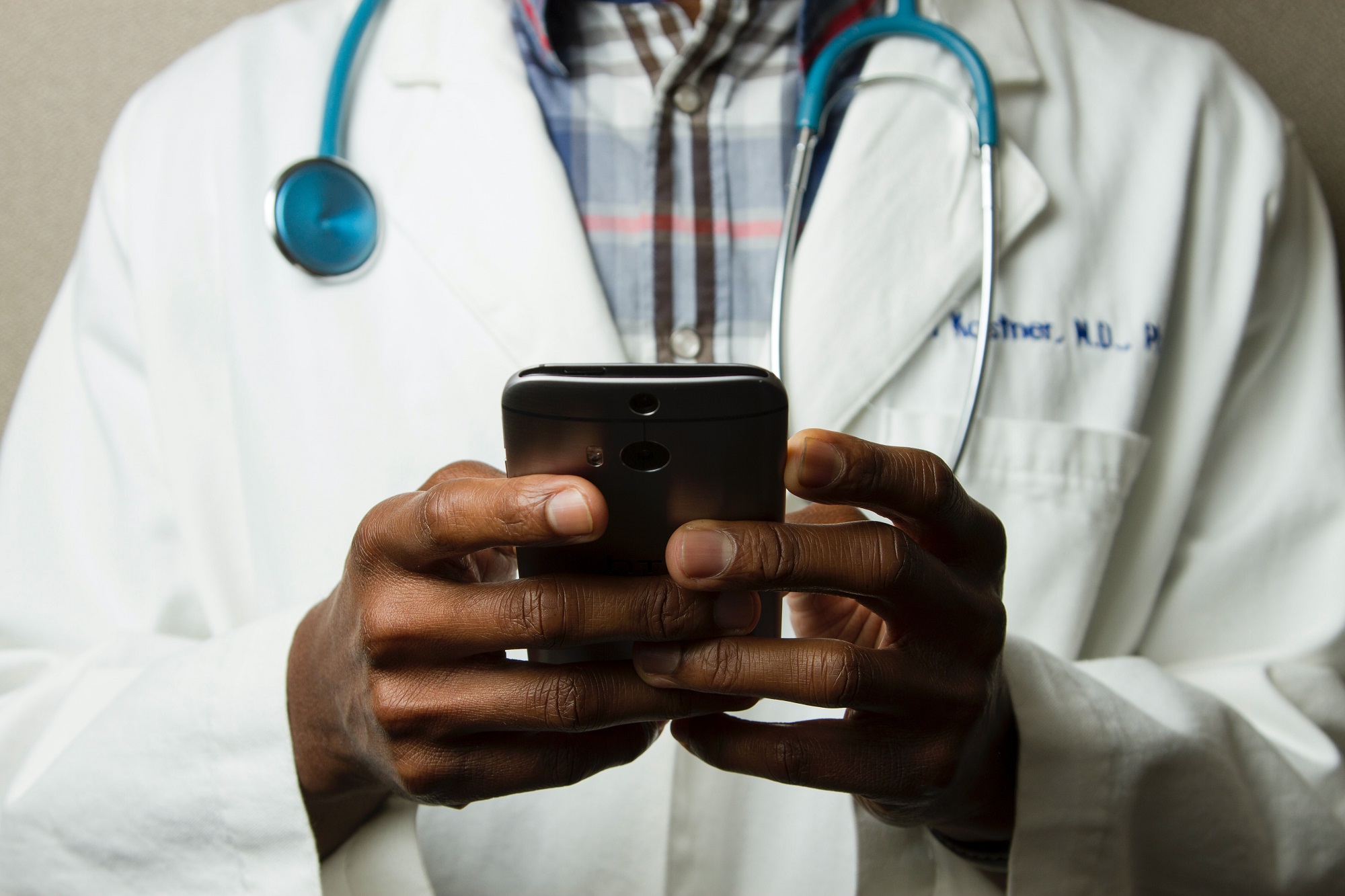There have been several studies that have highlighted poor medical adherence when it comes to filling prescription medication and taking it as prescribed. The World Health Organization has quoted around 50% of patients do not take their medication as prescribed. This can lead to long-term issues for patients such as hospital re-admissions and worsening of chronic illnesses. In Canada, around 30% of prescriptions go unfilled, and this can lead to adverse effects for patients and sky-rocketing costs for healthcare organizations. What can be done to address this serious issue?
One solution might be to incorporate mHealth apps as part of the patient’s care plan. Using apps that can include alarms and reminders for them to take their medication at a specific time each day can be helpful. In addition, these apps can contain notes from their healthcare provider on how to take their medication. 
Instead of having the patient forget important information, if the clinician or pharmacist can type this information in the note section of the app, for the patient to refer to later, this can help the patient to stay on track and hopefully have a positive effect on medication adherence.
In an episode of the Health Analytic Insights podcast, I interviewed Daniel Yeboah who is the Founder and General Manager of Ellerca Health Corp, whose mission is to improve patient care through leading technologies and innovation. We talked about “white coat syndrome”, a syndrome where people’s blood pressures can increase when they are at their doctor’s office. As a result, this can give the clinician an inaccurate picture of your blood pressure, if instead, you were able to track the historical trends of your blood pressure through an app and your clinician could have access to this information this would provide them with a better understanding of your overall health.
In addition, if patients were able to track their medication through an app, this could be helpful, in cases of a transfer of care where the patient had to visit the emergency department unexpectedly. The patient would be able to provide the emergency department clinician with a more detailed medication history, an understanding of how long and how often they have been taking a specific medication, and how it might or might not interfere with current care.
Let’s look at some top mHealth apps on the market:
Medisafe – Is a digital drug companion app that boasts features such as “being able to intervene if a patient is at risk of falling off therapy”
MyTherapy – This is an app with a simple design and helps remind users when it’s time to take their medication. What stood out to me with this app is their commitment to data privacy ensuring “we will never hand over your personal data to third parties”
There are many other mHealth apps out there that carry out similar tasks. Some of the considerations are ensuring privacy and security governance for these apps. The mHealth app market is a bit like the wild west and it’s important that patients can trust that when they sign up for these apps, their health information will not be shared in ways they do not clearly understand or consent to. In addition, there is a balance between patient autonomy and helping patients manage their care. Patients don’t want to feel like big brother is watching them but when dealing with multiple health conditions and multiple medications which stem from them, having access to these mHealth apps can be a literal lifesaver.
As the healthcare system moves towards digitization, it will be interesting to see what role mHealth apps play in helping patients to manage care and how health informatics professionals can lead this.
Comment down below, do you use a mHealth app to track your medication?
0 Comments